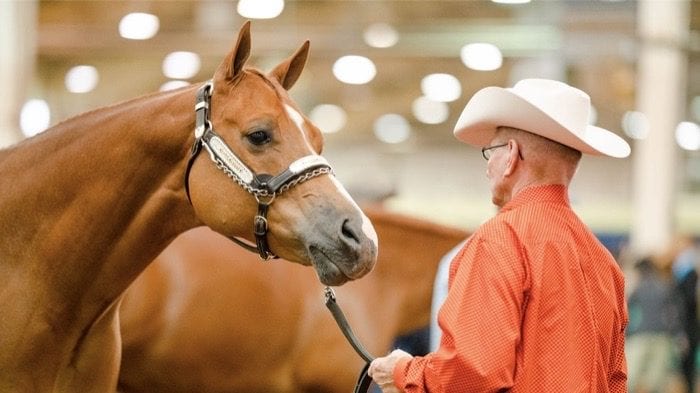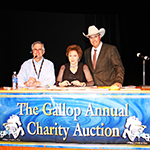Halter is a class that many exhibitors underestimate. Many believe it is easy and doesn’t take much preparation. In the past, there was a common belief that “bigger is better.” However, that trend has mostly gone by the wayside. A halter class is an elaborate makeup of many details added together to arrive at the winning picture.
Just like any class, some aspects of halter are based on the opinion of the particular judge, but many of these details are consistent when talking to top halter trainers in the industry. We spoke to Multiple Congress and World Champion Halter Trainers, Ted Turner, Dewey Smith, Buddy Laney, and Steve Tidwell.
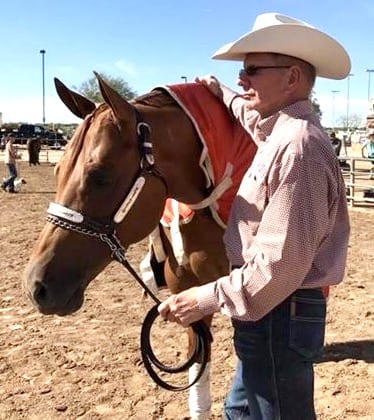 Ted Turner, a legendary halter trainer from Whitesboro, Texas, says that he, “goes with his first impression.” Turner says that it is essential for the horse to be balanced. When explaining what he meant by “balanced,” he said, “a balanced horse could be put on a titer-totter, and the titer-totter would not move.”
Ted Turner, a legendary halter trainer from Whitesboro, Texas, says that he, “goes with his first impression.” Turner says that it is essential for the horse to be balanced. When explaining what he meant by “balanced,” he said, “a balanced horse could be put on a titer-totter, and the titer-totter would not move.”
Turner continues, “all four legs need to be where they are supposed to be.” If the horse’s legs are correct, the horse will have a better foundation than a horse with incorrect legs. The overall appearance of the horse should be eye-appealing and pretty.”
A few details which can make a horse stand out in the show pen are “a prettier head and neck,” Ted says. According to Turner, the judging of halter is “not based on pounds, but based on prettiness, balance, and correctness.”
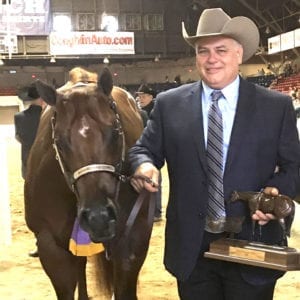 Dewey Smith, a top halter trainer from Bellefontaine, Ohio, says that the central aspect of halter is the overall balance of a horse. According to Smith, “The most important thing is the balance and structure of the horse, not its mass. If a horse has great balance, when a horse stands, everything will flow together.”
Dewey Smith, a top halter trainer from Bellefontaine, Ohio, says that the central aspect of halter is the overall balance of a horse. According to Smith, “The most important thing is the balance and structure of the horse, not its mass. If a horse has great balance, when a horse stands, everything will flow together.”
When looking at a horse, Smith first divides the horse into thirds. These thirds are the neck, back, and hip. Start from the head and then look to the muscle of the forearm and gaskin. After looking at the forearm and gaskin, proceed to the shoulders, which should have both mass and definition.
According to Smith, “A horse that is not square made will have a hard time squaring up in the show pen. The breeding of halter horses has gotten stronger over time, and is producing more balanced horses.”
 Buddy Laney of Fossil Gate Farms from Argyle, Texas, says that “The most important thing is the balance of a horse. They need to be portioned and correct with all the parts fitting together.” When looking at a horse, Laney starts from the ground up. Laney does this because he believes “no leg, no horse.”
Buddy Laney of Fossil Gate Farms from Argyle, Texas, says that “The most important thing is the balance of a horse. They need to be portioned and correct with all the parts fitting together.” When looking at a horse, Laney starts from the ground up. Laney does this because he believes “no leg, no horse.”
In halter, the legs are a significant detail to the overall picture of a horse. The legs need to be muscled with definition. Although mass can be substantial, Laney says that the industry has “gotten away from mass a little.”
According to Laney, “Breeding has gotten better about being more correct, and not just about being massive.” Laney mentioned a few other details which some people look for in a halter horse. “Some people like a more muscled horse, a horse with a pretty head, a horse with a straight back, or a horse with a long, scopey neck.”
In the end, if all of the horses are relatively the same, Laney says “the horse with the least amount of problems will win.”
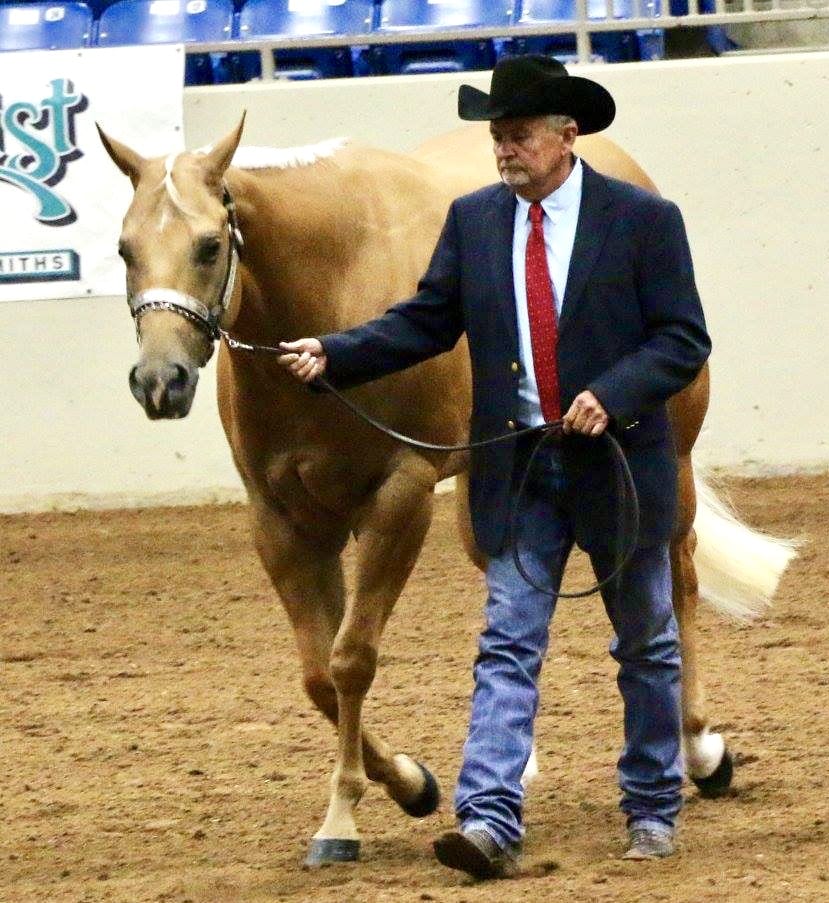 Steve Tidwell, a halter trainer from Tallassee, Alabama, also gave his insights into what details make up the big picture of a halter horse. When looking at a horse, Tidwell, like Smith, starts at the horse’s head. Some details that Tidwell says are essential are “a pretty head, big eyes, a long thin neck which ties into the shoulder, a strong back which ties into the croup, strong legs, straight hocks, a good heart girth, and muscle definition.”
Steve Tidwell, a halter trainer from Tallassee, Alabama, also gave his insights into what details make up the big picture of a halter horse. When looking at a horse, Tidwell, like Smith, starts at the horse’s head. Some details that Tidwell says are essential are “a pretty head, big eyes, a long thin neck which ties into the shoulder, a strong back which ties into the croup, strong legs, straight hocks, a good heart girth, and muscle definition.”
Although these details are all important, Tidwell believes that the most important are the “neck, back, hocks, and hip.” According to Tidwell, “when looking at two nearly identical horses, the one with the better hocks and back would be his pick.”
Tidwell also says that the horse should be well trained to “stand up and be shown.”
All of these attributes are needed to make the “winning picture” in the show pen. By taking the time to look at these factors, an exhibitor, or observer of a halter class, will be better able to assess each horse from the eyes of those who train them.


